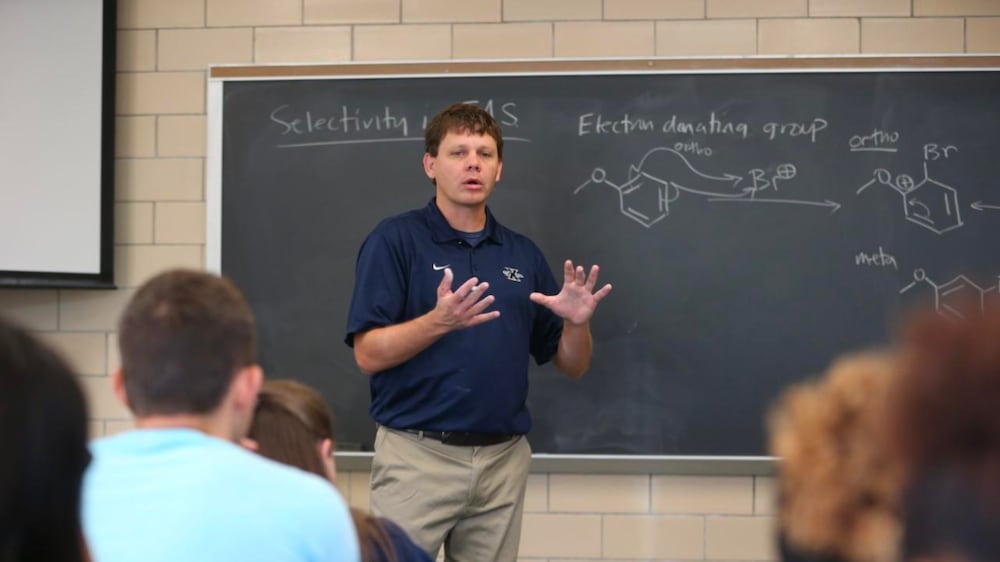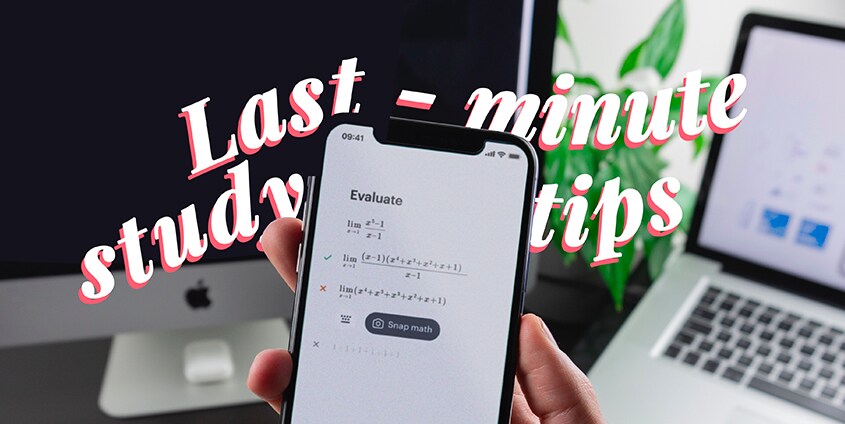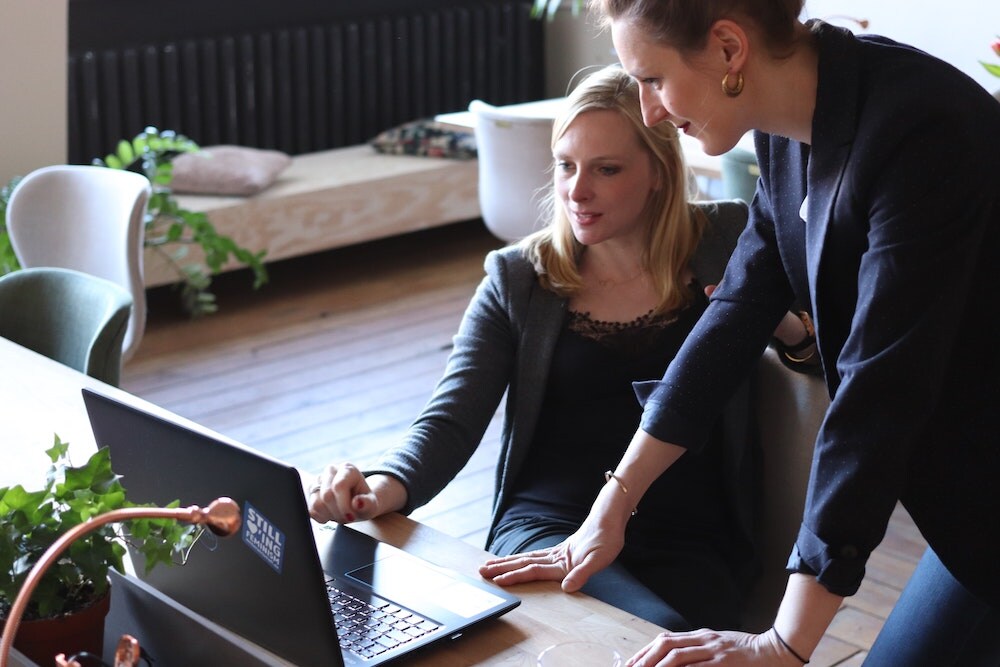
Summer break in the midst of a pandemic
For those who are students, summer break just might be around the corner for some of you. For many, this may mean staying in your community instead of taking a road trip or flying out to a distant destination. With that being said, what can you do to connect and work better online? Here are a few ideas:
Develop your contacts and better understand potential career opportunities
For those of you who are looking to increase your chance of professional success, engage in opportunities that will help you increase your professional network. Sign up for sites like LinkedIn to connect with other professionals online. Collect the presentations and publications you may have already developed and showcase them. If you are working towards a degree in a certain field, take the time to research those that have stood out in that area and send a quick email or a hand-written note asking them to take some time to engage in an informational interview. While some professionals may not respond to the offer to share their knowledge, others will. Make a short list of questions that will help you gain the knowledge you need to develop the roadmap for a great start to your career.
If you are working towards a degree in a certain field, take the time to research those that have stood out in that area and send a quick email or a hand-written note asking them to take some time to engage in an informational interview.
The virtual interview
So now that you made the initial connection with professionals in the field, what about the virtual interview? Whether it be for an informational interview or for a new position, it is important to become familiar with the technology used. If you haven’t yet done a virtual interview, now may be the time to practice as there are a number of organizations that are choosing to conduct these during the pandemic. If you do have a virtual interview coming up, practice with a friend to ensure that you can do your best.
If you haven’t yet done a virtual interview, now may be the time to practice as there are a number of organizations that are choosing to conduct these during the pandemic.
Improve your virtual work skills
“Hey, sorry I was on mute...” begins a blog post by Ashley Peterson-DeLuca that focuses on digital soft skills. She goes on to quote Pearson’s Global Learning Survey which indicated that 77% of respondents believed that teleworking during this time has taught “that working remotely requires different skills than working in an office”. She goes onto share some tips from two Pearson researchers to “...build more on empathy and keep your soft skills sharp while working at home”.
With virtual work and education becoming the norm rather than the exception, take some time to sharpen your virtual work and collaboration skills for better results.
Written by Sophia Guevara, MLIS, MPA. Sophia is a columnist for Information Today and a member of the Special Libraries Association and the Nonprofit Technology Network.







